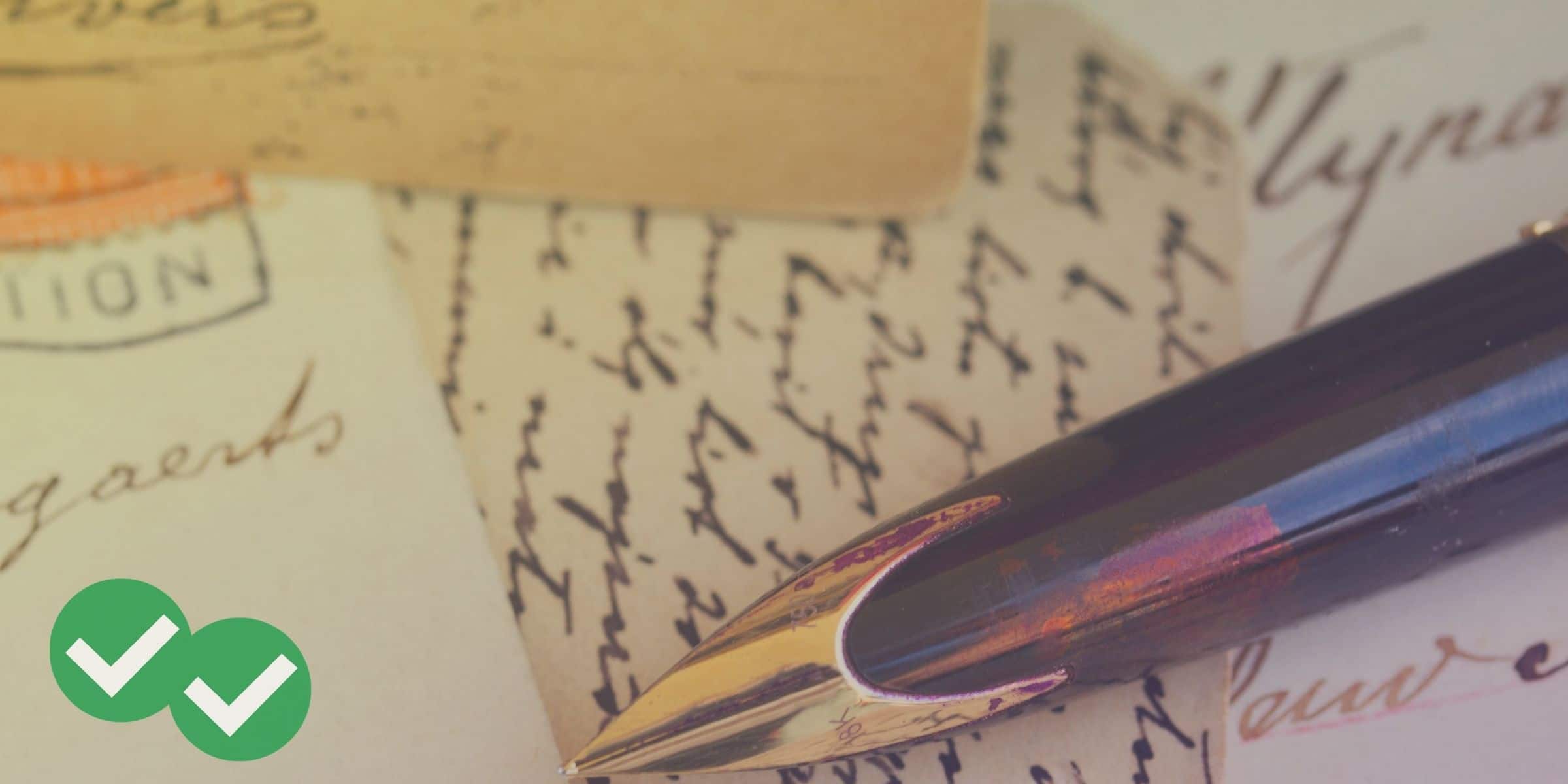Let’s move on to our second tip for improving your independent essay for the TOEFL iBT. (If you missed the first tip from last week, see it here.)
Zoom in, zoom out, repeat
It’s a fun to say, but the meaning of it isn’t immediately clear, so let’s first look at those two phrasal verbs, “zoom in,” and “zoom out.” They’re opposites, of course, used to describe the action of making a picture bigger or smaller in order to look at small details or see the complete picture all at one time.
In the context of your TOEFL independent essay, that means looking writing about specific details, then writing about the big, general ideas.
This has a couple of helpful effects:
Transitioning between body paragraphs
After the introduction of your essay (even if you haven’t written it yet!), there will be at least two body paragraphs, which explain the reasons for your opinion. And in those body paragraphs, you will give specific details or examples of those the reasons. Sometimes, students understand this structure, but they forget to make connections between the two body paragraphs with the reasons. If you don’t connect them, then your essay will look like a list, which isn’t good. It should be a unified piece of writing.
If you make a more general statement at the end of each body paragraph, you can more easily transition into another reason and its examples, because that general thought will probably be easier to relate to your next paragraph.
Connecting back to the main idea
The ideas in your introduction—the main point of your essay—will be pretty general. They will express your overall opinion. And every time you zoom out to look at the bigger picture in your body paragraphs, your general statements there will also be about your general opinion. In those closing sentence of each paragraph, you can analyze your examples to make clear why they support your ideas. That analysis makes clearer for your reader how each body paragraph relates back to the introduction and your personal opinion.
A simple example
Let’s say I’m writing an essay in response to this question:
Do you agree or disagree with the following statement. “Teachers need personal interactions with students.” Use reasons and examples to support your answer.
In my first body paragraph, I might discuss what we do at Magoosh, like this:
… Even though we at Magoosh create a self-study tool and not live classroom lessons, we still interact individually with our students. We do that because Magoosh students have questions. Every student will have questions, and one-on-one help is the best way to answer a student’s question.
Every student also wants some personal connection, and the best way to get that is through a personal response from a teacher. …
Just to be clear, above is the end of the first body paragraph and the beginning of the second body paragraph. And you can see that I talk about the specific example of Magoosh in the first body paragraph, but then I transition to talk about ALL students. From there, I can more easily transition to my next point about something else that all students want: personal connection. I can then in the next paragraph provide an example of that—in other words, I can zoom back in.






Leave a Reply